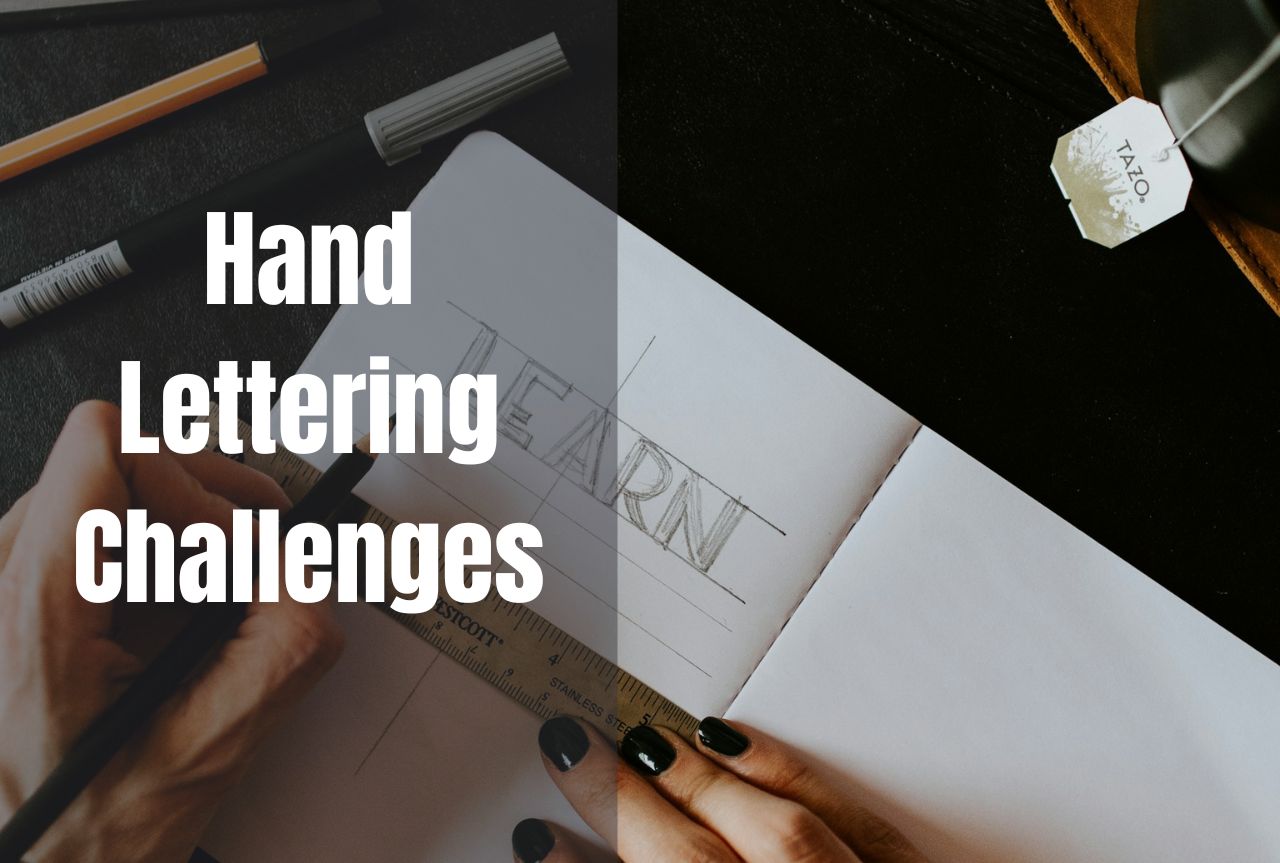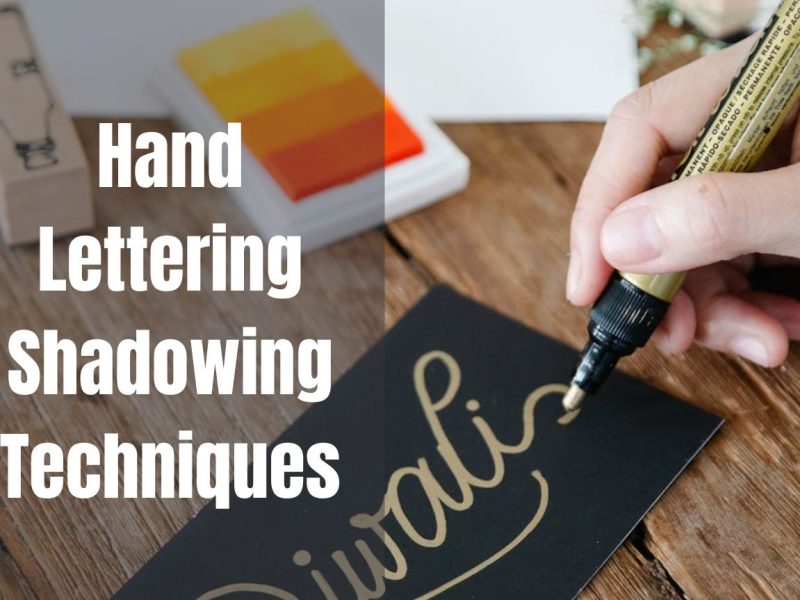Hand lettering, the art of drawing letters and words, has become increasingly popular in recent years. Whether for calligraphy, typography, or artistic expression, this craft requires dedication and persistence. As with any skill, embracing challenges is crucial for growth and mastery. This article explores five significant challenges in hand lettering and provides practical strategies to overcome them.
Challenge 1: Consistency and Muscle Memory
Maintaining Consistent Letter Forms
Consistency is the foundation of cohesive and visually appealing lettering. Each letter should maintain a uniform shape, slant, and proportions throughout a piece. Achieving consistent letterforms can be challenging, especially for beginners. Practicing drills and warm-up exercises can help ingrain the muscle memory required for consistent lettering.
Developing Muscle Memory
Muscle memory plays a vital role in hand lettering. As you practice, your muscles become trained to execute the precise movements required for each letter. Repetitive exercises, such as tracing letterforms or practicing individual strokes, can help build muscle memory and improve consistency over time.
Managing Fatigue and Strain
Hand lettering can be physically demanding, leading to issues like hand cramps and fatigue. To prevent strain, it’s essential to adopt an ergonomic setup and take frequent breaks. Stretching exercises and proper posture can also help alleviate discomfort and promote better control over your lettering tools.
Challenge 2: Controlling Ink Flow and Pressure
Understanding Ink Flow
Controlling ink flow is crucial for achieving consistent line weights and preventing unwanted blotches or dry spots. Factors like paper quality, nib type, and ink viscosity can all affect ink flow. Experimenting with different materials and techniques can help you find the right combination for optimal control.
Mastering Pen Pressure
Varying pen pressure is a fundamental skill for creating letterforms with varying line weights and textures. To master pen pressure, focus on your grip, pen angle, and the amount of force applied. Practicing pressure exercises can help you develop a better feel for your tools and improve control.
Experimenting with Different Tools
The lettering world offers a wide array of tools, each with its unique characteristics. Brush pens, dip pens, and markers all require different techniques and pressure control. Experimenting with various tools can expand your creative options and help you find the ones that best suit your lettering style.
Challenge 3: Achieving Consistent Slant and Spacing
Maintaining Consistent Slant
Consistent slant is essential for creating a cohesive and visually appealing lettering style. Whether you prefer an upright or slanted letterform, maintaining the same angle throughout your piece is crucial. Using guidelines, aids, or practicing with a slant board can help you develop and maintain a consistent slant.
Mastering Letter Spacing
Proper letter spacing is vital for legibility and aesthetics. Overcrowded or widely spaced letters can detract from the overall visual appeal of your lettering. Practicing letter spacing exercises and studying typography principles can help you develop an eye for appropriate spacing.
Creating a Balanced Composition
A well-balanced composition is key to producing visually stunning lettering pieces. Factors like layout, negative space, and hierarchy all contribute to a harmonious design. Experimenting with different compositions and studying layout principles can help you create balanced and visually appealing lettering work.
Challenge 4: Developing Your Personal Style
Finding Inspiration
Inspiration is the fuel that ignites creativity in hand lettering. Drawing inspiration from various sources, such as calligraphy styles, typography trends, or nature, can help you develop a unique lettering style. Curating inspiration through mood boards or collections can provide a constant source of ideas and motivation.
Experimenting with Styles
While it’s essential to master the fundamentals, experimentation is the key to finding your personal lettering style. Exploring different scripts, brushwork techniques, or combining elements from various styles can lead to exciting and distinctive letterforms that reflect your artistic voice.
Embracing Imperfections
Perfection is often an unrealistic goal in hand lettering, as the human touch adds character and charm to the work. Embracing imperfections and the organic nature of hand-drawn letterforms can help you develop a style that is authentic and visually appealing in its uniqueness.
Challenge 5: Lettering on Different Surfaces
Preparing Surfaces for Lettering
Hand lettering is not limited to paper. Surfaces like wood, glass, or canvas offer exciting creative possibilities. However, each surface requires proper preparation to ensure optimal results. Techniques like priming, sanding, or applying a base coat can help create a suitable surface for lettering.
Adapting Techniques for Different Surfaces
Lettering on non-traditional surfaces often requires adjustments to your techniques. For example, working on curved or textured surfaces may require adapting your grip or tool angle. Experimenting and practicing on various surfaces can help you develop the necessary skills to tackle unique lettering projects.
Finishing and Protecting Lettering Work
Once your lettering piece is complete, protecting it from wear and tear is essential, especially for pieces intended for display or outdoor use. Sealing methods like varnishes, sealants, or framing can help preserve your work and ensure its longevity.
Conclusion
Mastering hand lettering is a journey filled with challenges, but overcoming these obstacles is what makes the craft so rewarding. By embracing consistency, control, spacing, personal style, and surface versatility, you can elevate your lettering skills and create stunning works of art. Remember, practice, patience, and a willingness to learn are the keys to success in this beautiful art form.



